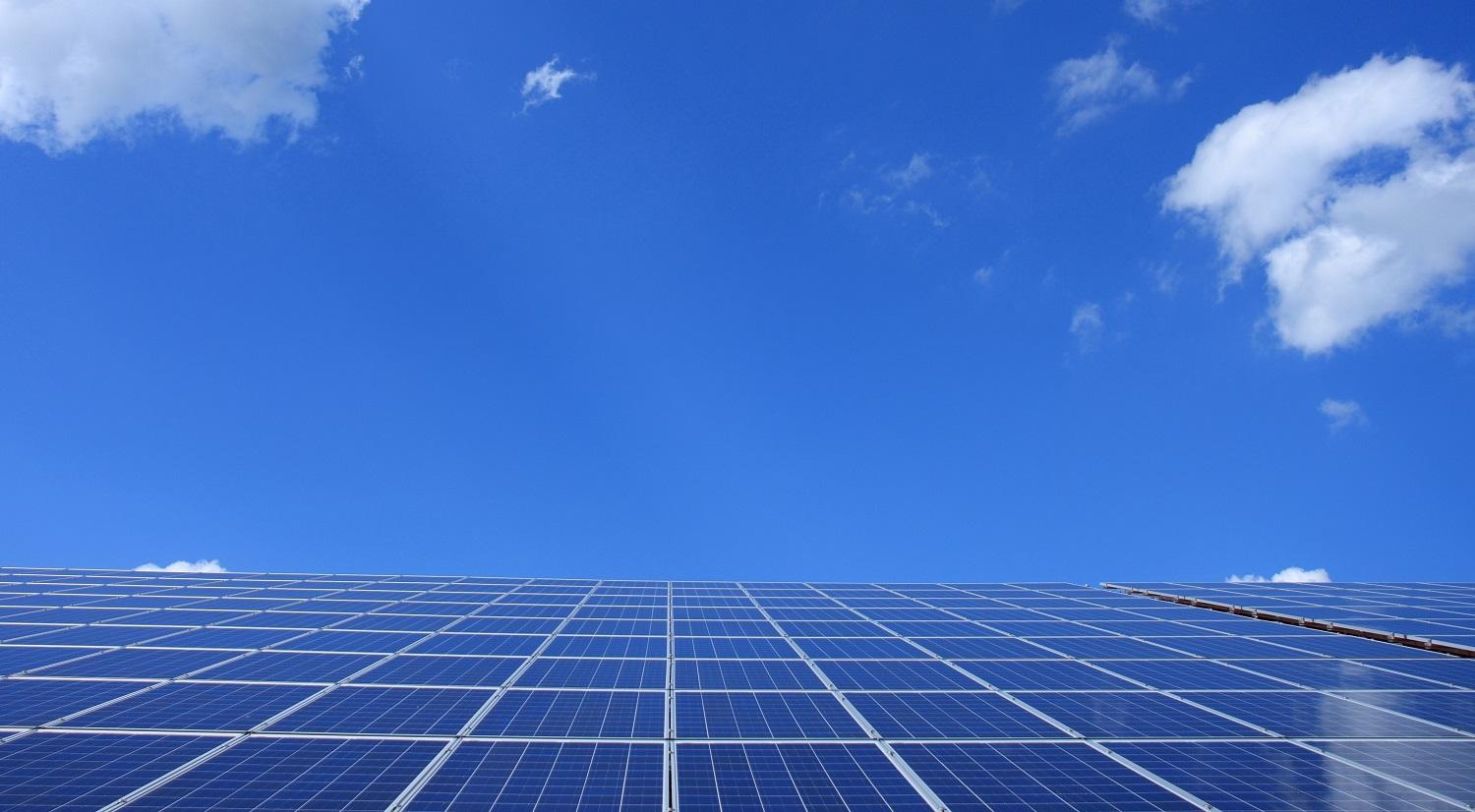
The third quarter of 2019 saw more renewable energy supplied to homes and businesses in the UK than fossil fuels. The last time renewable energy surpassed fossil fuels was in 1882. In light of the 2050 net-zero emissions target, this is fantastic news.
During 2019’s third quarter, the UK’s electricity generation included:
- 38% from gas
- <1% from oil and coal combined
- 20% from wind
- 12% from biomass
- 6% from solar
- 19% from nuclear
Even though UK solar electricity generation within that quarter was lower than wind and biomass, it accounted for 28.7% of all renewable capacity.
Thanks to technological advances, solar panels are becoming more efficient; resulting in up to 50% of solar energy costs declining over the past decade.
How does solar energy work?
The amount of solar radiation that hits the Earth's surface every hour is enough to fulfil the globe’s energy needs for almost an entire year.
There are two main methods of collecting energy from the sun:
Solar panels
Also known as photovoltaic (PV) solar systems. Solar panels are large, rectangular panels that house silicon crystals. When sunlight strikes the solar panel, they react with these crystals creating an electrical current; this process is referred to as a photovoltaic effect. The electricity generated from this method can either be used immediately, sent to the national grid or stored in a battery.
Solar thermal
Rather than capturing sunlight to produce electricity, another option is to harness the heat generated by the sun for the following uses:
- Heating and cooling buildings - This includes blocking the sun's rays to a specific area when the living space is too hot. Alternatively, when the space is too cold, access is granted so that the beams can heat the space
- Heating water - By capturing heat from the sun and transferring it to water pipes, generating hot water
- Electrical power generation - This form of electricity production takes place in a solar thermal electricity plant. Mirrors reflect the sun's rays (and heat) toward liquid-containing tubes. The heated liquid is then utilised to transform water into steam, which then powers a turbine generating electricity.
Is solar energy renewable?
Harnessing power from the sun is an inexhaustible way of generating electricity and heat, making it a renewable resource. Once construction is completed, solar energy is considered clean as it does not emit greenhouse gases when generating electricity.
Solar energy advantages and disadvantages
The pros and cons of solar energy are incredibly far-reaching.
Advantages of solar energy
Sustainable
In addition to being a renewable resource, solar energy is also sustainable; meaning it cannot be over-consumed. This means that we can reap the benefits of solar energy for generations to come.
Low maintenance
Maintenance of solar energy machinery is low, due to the unmoving parts resulting in no wear or tear on the system. The only parts of the system that need to be maintained are:
- The inverter that requires changing every five to ten years
- Cables that need to be maintained to ensure the system runs efficiently
Following the initial set-up costs (both residential and solar farms), maintenance costs are considerably low.
Ever improving technology
As interest in solar energy rises, technology is consistently developing. Efforts are being made to increase the effectiveness of the system as well as improve the solar power systems’ electrical input.
Little noise pollution
The solar power system does not require any moving parts, resulting in a silently operating mechanism. The fact that the machines are silent not only reduces noise pollution, but it also makes this form of renewable energy more favourable than others that do emit noise.
Disadvantages of solar energy
Only generates energy during the day
Due to solar energy relying wholly on light and heat emanating from the sun, generating heat or electricity via solar cannot be collected at night. This makes solar energy much less reliable during winter, where there are fewer hours of sunlight.
Less productive on cloudy days
Solar energy can be generated during cloudy periods; however, the system’s efficiency decreases. This makes this renewable resource less dependable than other options, such as tidal energy.
Solar technology is expensive
While running costs of solar energy generation are low, construction and installation costs are high. Set-up costs include:
- Solar panels
- Wiring
- Installation
An excessive amount of land is required
The amount of land required to generate solar energy tends to be more problematic for solar farms, mainly because residential panels are installed on a property’s roof. As reliance on solar energy increases, the requirement for additional panels, and therefore land, will also rise.
In addition to improvements in efficiency and falling costs making the investment in solar energy much more attractive, supplies of this form of renewable electricity are growing at a much faster pace than previously expected. Over the next five years, expansion could be as high as 50%

















